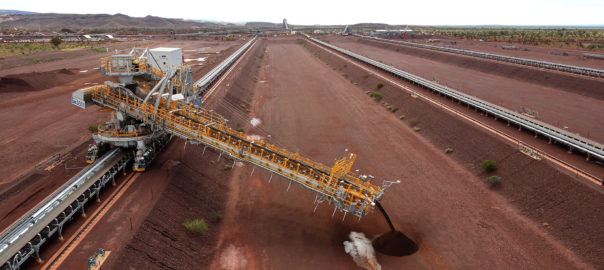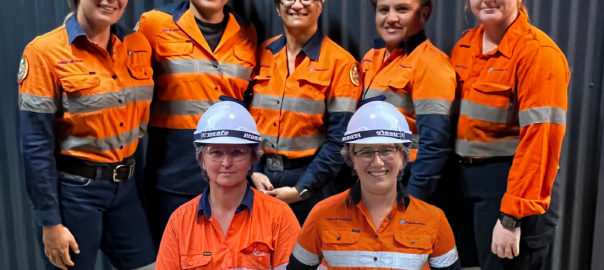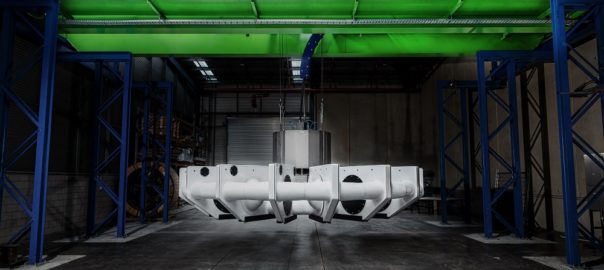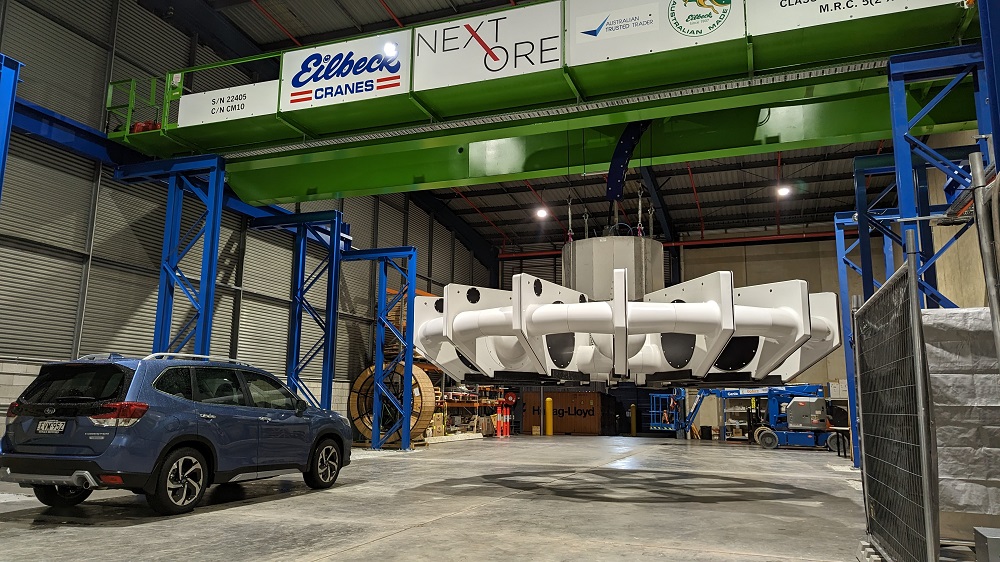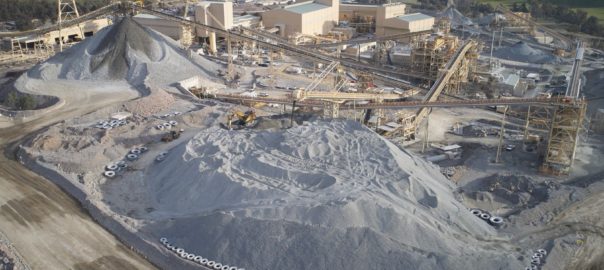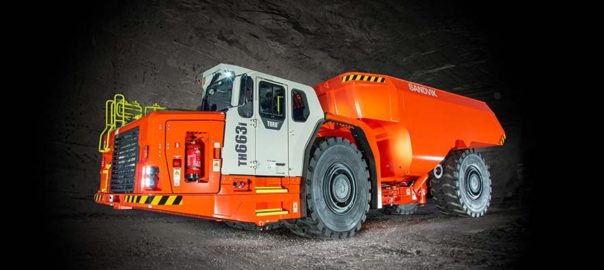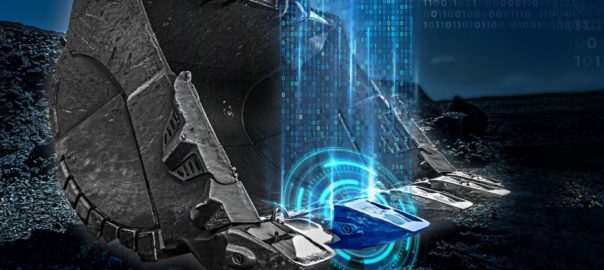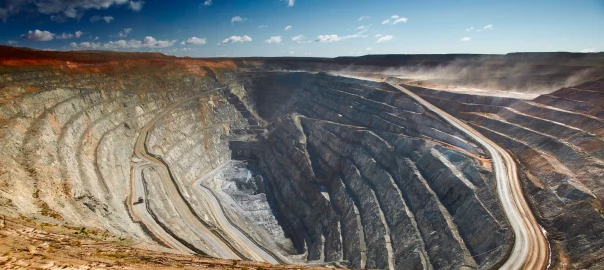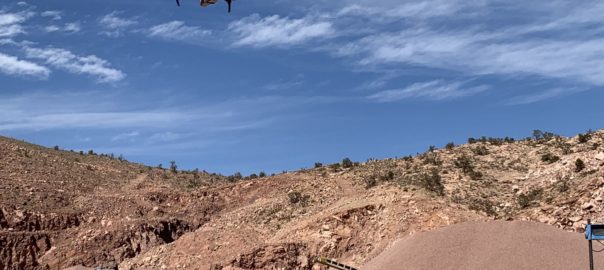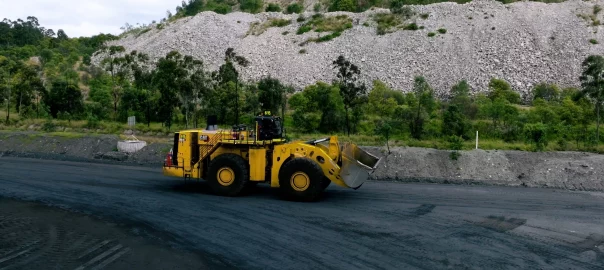Rio Tinto increased its spend with Australian suppliers to more than A$15.3 billion ($10.3 billion) in 2022, as part of the company’s ongoing commitment to support communities where it operates, it says.
This was an increase of almost 9% on the previous year and was spent with more than 6,200 businesses, including Australia-owned and operated businesses and locally owned and managed branches of global companies. The spend helped support tens of thousands of Australian jobs and delivered a significant economic contribution to communities across the country.
As part of this spend, more than A$565 million was spent with Indigenous businesses across Australia – an increase of 40% on the year before, Rio said.
Rio Tinto Chief Executive, Australia, Kellie Parker, said: “Supporting local businesses in the communities where we operate is a key priority for Rio Tinto. We strive to employ local people, buy local products and engage local services – especially from Indigenous, small and regional businesses.
“We are working hard to improve our approach to Indigenous business development and engagement in Australia, and while there is still more work to do, last year we significantly increased our spend with Indigenous suppliers.
“We couldn’t do what we do without our local supplier partners and having good relationships with them helps us find better ways to provide the materials the world needs and innovate to decarbonise our operations.”







